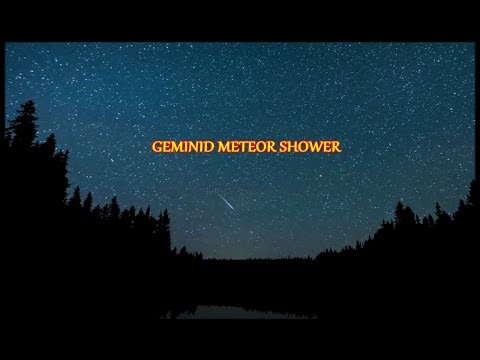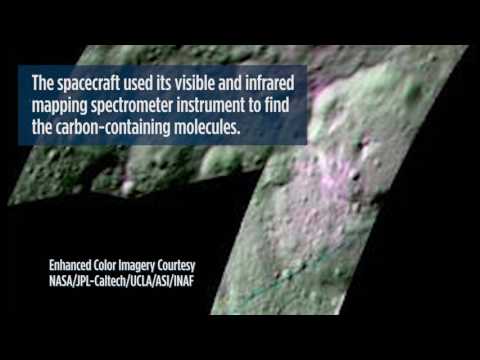Navigating Through the Minefield of Space Debris
Space debris, also known as space junk, is a growing problem in Earth’s orbit. With the increasing number of satellites, rockets, and other spacecraft being launched into space, the amount of debris left behind is also on the rise. This poses a significant risk to both current and future space missions, as even small pieces of debris traveling at high speeds can cause serious damage to spacecraft.
Navigating through the minefield of space debris is a complex task that requires careful planning and coordination. Space agencies and satellite operators must constantly monitor the movements of debris in order to avoid collisions with their own spacecraft. This is no easy feat, as there are thousands of pieces of debris orbiting the Earth, ranging in size from tiny paint flecks to defunct satellites.
To help track and monitor space debris, organizations like NASA and the European Space Agency have developed sophisticated tracking systems that can pinpoint the location of debris in real-time. These systems use radar and optical telescopes to track the movements of debris and predict potential collisions with operational spacecraft. In some cases, operators may even have to perform collision avoidance maneuvers to steer their spacecraft out of harm’s way.
Despite these efforts, the risk of collisions with space debris remains a constant threat. In fact, the International Space Station has had to perform several debris avoidance maneuvers over the years to avoid potential collisions with debris. One of the most high-profile incidents occurred in 2009 when a defunct Russian satellite collided with an active communications satellite, creating thousands of new pieces of debris in the process.
In order to address the growing problem of space debris, space agencies and satellite operators are exploring new technologies and strategies to clean up the mess. Some proposed solutions include using robotic arms to capture and remove debris, launching dedicated spacecraft to collect and dispose of debris, and even using lasers to vaporize small pieces of debris.
In the meantime, the best defense against space debris is prevention. Space agencies and satellite operators must continue to adhere to stringent guidelines for spacecraft disposal, ensuring that defunct satellites are safely deorbited and burned up in Earth’s atmosphere. By working together and staying vigilant, we can navigate through the minefield of space debris and ensure the safety of our valuable assets in space.













